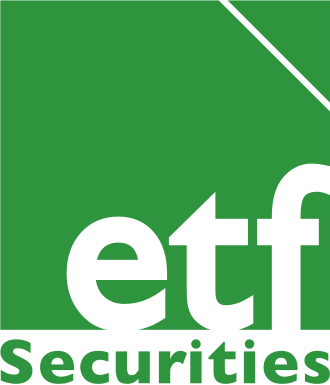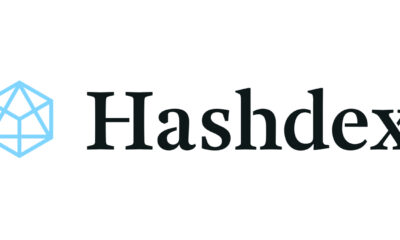Commodity ETP Weekly – Divergent flows following further price falls
• Inflows accumulate into oil ETPs as prices weaken.
• Gold and PGM flows head in the opposite direction.
• Copper continues to suffer from negative sentiment.
• Upcoming webinar: Global commodities, have we reached the floor in prices?
• Falling prices drove bargain-hunting inflows in to oil and PGMs while testing investors’ patience in gold and copper.
• Continued weakness in oil prices are likely to put oil and gas companies under further pressure for more production and expenditure cuts which bodes well for the global oil market to rebalance as early as next year.
• Pressure on precious metals will remain until the Federal Reserve meeting in mid-December. However, the typical “buy on the rumour, sell on the news” investor behaviour, could benefit the metal after the move is made.
Inflows accumulate into oil ETPs as prices weaken. WTI oil fell 3% to US$40.5/bbl. while Brent failed to make any gains, driving continued bargain hunting. Last week saw US$64.7mn into long WTI oil ETPs and US$15.5mn into long Brent oil ETPs, up 39% and 42% respectively compared to the previous week’s inflows. While there was no clear trend from the CFTC non-commercial positions into oil futures contracts, last week marks the second consecutive week of strong inflows into oil ETPs, suggesting that ETP investors have strengthened their conviction that oil prices will rise in the near future. ETFS Daily Short WTI Crude Oil (SOIL) also saw outflows of US$1.2mn last week, in line with the general sentiment on the ETP market. After seven weeks of sharp increases, US oil inventories growth slowed last week, up by only 252,000 barrels. In its November issue of the Short term Energy Outlook, the EIA projects that while the global oil supply will remain in surplus next year, it will stabilise at around 95.5 million barrels per day on the back of declining oil production in the US and in Canada. Inventory build-up in the US is also expected to slow down next year.
Gold and PGM flows head in the opposite direction. Continued price weakness defeated investors’ patience in gold. Gold fell a further 0.4% last week and led to the first outflows in 10 weeks. Gold ETPs saw large outflows of US$70.6mn last week, at a magnitude we have not seen since August 2015. Despite China imports of gold at a seven month high and confirmation that Diwali sales in India drove up October gold demand, rising rate hike expectations in the US continued to mount pressure on gold prices. Meanwhile, last week saw net inflows into platinum and palladium ETPs marking the first creations since the beginning of August as the price of platinum reached another record low (of at US$844/oz. last Wednesday) while palladium approached its August low. Johnson Matthey last week increased the size of its PGM deficit forecasts for 2o15, highlighting the tightness in the metal’s supply.
Copper continues to suffer from negative sentiment. Last week saw copper price reaching another record low on Wednesday at US$4,633/MT, resulting in US$10mn outflows out of copper ETPs. The copper market has been in a deficit for 5 years with 2015 expected to be balanced, before heading into another deficit in 2016 according to the International Copper Study Group (ICSG) forecasts. The ICSG November report released last Friday shows August in a surplus of 81,000 tonnes on low refined copper usage after 4 months of deficit.
Key events to watch this week. While Europe manufacturing PMI in October was relatively stable, the US ISM manufacturing PMI was weaker than expected. Investors will likely follow the November estimates from Markit due this week along with the November consumer confidence for the US and for France.
For more information contact
ETF Securities Research team
ETF Securities (UK) Limited
T +44 (0) 207 448 4336
E info@etfsecurities.com
Important Information
General
This communication has been provided by ETF Securities (UK) Limited (”ETFS UK”) which is authorised and regulated by the United Kingdom Financial Conduct Authority.
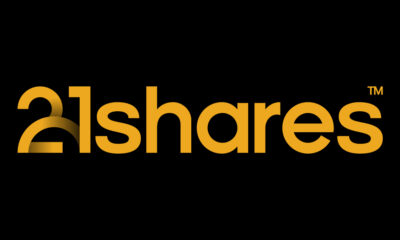
 Nyheter4 veckor sedan
Nyheter4 veckor sedan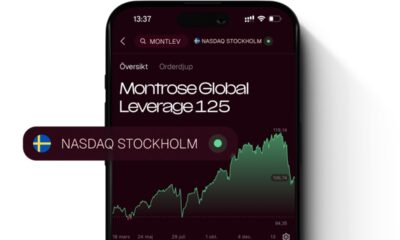
 Nyheter3 veckor sedan
Nyheter3 veckor sedan
 Nyheter4 veckor sedan
Nyheter4 veckor sedan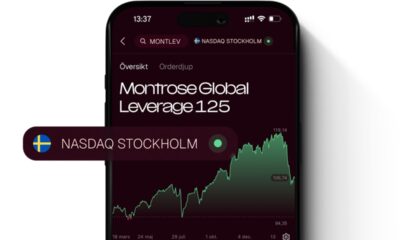
 Nyheter3 veckor sedan
Nyheter3 veckor sedan
 Nyheter3 veckor sedan
Nyheter3 veckor sedan
 Nyheter3 veckor sedan
Nyheter3 veckor sedan
 Nyheter3 veckor sedan
Nyheter3 veckor sedan
 Nyheter2 veckor sedan
Nyheter2 veckor sedan
